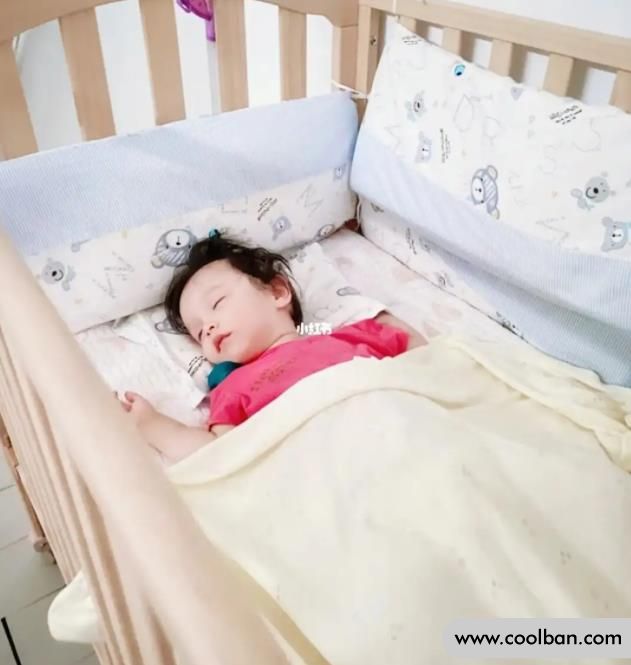How to distinguish between baby's eczema and prickly heat
Summer is here and the weather is getting hotter. Babies are particularly prone to eczema and prickly heat, but for novice parents and mothers, prickly heat is often regarded as eczema and eczema as prickly heat, and the two are silly and unclear. In order to prevent dizziness for novice parents, today we will talk about the "twins" of baby skin problems - eczema and prickly heat.
What is eczema?
Eczema is an allergic skin disorder that occurs on the head and face of babies. It starts with babies 2 to 3 months old. It manifests as erythema, papules, and other rashes on the head and face with itching, or fluid oozing and crusting of the skin.
The disease has no obvious seasonality and can be generalized or limited. Since the lesions are in the epidermis, there is generally no scarring after recovery. The general trend is a gradual decrease with age.
What is prickly heat?
Prickly heat is also a common disease in infants. Especially in summer or in a humid and hot environment, the baby's skin sweats too much and cannot evaporate quickly, resulting in the blockage of the baby's skin sweating mouth, and the sweat in the sweat ducts cannot be discharged, but can only penetrate into the surrounding tissue, causing skin inflammation. Treatment is generally not required. In severe cases, topical or oral medication is required. Your baby's prickly heat usually goes away on its own after the skin cools.

How to distinguish whether the baby has prickly heat or eczema
Clue 1: The cause of the disease
Prickly heat is caused by clogged sweat pores, but eczema can have many causes. Such as: fish, shrimp, beef and mutton, inhalation of certain pollen, tonsillitis, cosmetics, soap and other chemicals, indigestion, gastric dysfunction, metabolic disorders, etc.
Prickly heat is a temporary disease, eczema is a chronic disease.
Clue 2: Onset time
Prickly heat mostly occurs in babies, mostly in summer.
Eczema does not differentiate between seasons, genders and ages. However, it often recurs or aggravates in winter, and the course of the disease is chronic and easy to recur.
Clue 3: Disease site
Prickly heat: Mostly occurs in the neck, elbow socket, chest and back, and the baby is prone to sweating more, such as the head, forehead, etc.
Eczema: Anywhere, mostly on the cheeks, forehead, behind the ears, eyebrows, etc.
Clue 4: Symptoms
Prickly heat: The skin is red at first, densely packed, with small white tips, pinhead-sized red papules or papules, and is purulent. Accompanied by itching, sometimes there will be bursts of burning, burning pain and other manifestations.
Eczema: characterized by symmetry, pruritus, and recurrence. Accompanied by severe itching, recurrent attacks, chronic course.
Clue 5: Onset and resolution time
Prickly heat: Appears easily in hot and humid environments, but subsides on its own in cool environments.
Eczema: There are many causes, and it is an allergy-related disease that can occur throughout the year. Generally, eczema-prone babies develop eczema after being irritated by some allergens.
Also, babies who are breastfed after birth are generally more prone to eczema. Eczema can be caused by breast milk from foods that contain allergens. Chronic course, not easy to subside.

Warm reminder:
If the baby has prickly heat, new mothers can remember prickly heat powder to relieve symptoms, but not too much prickly heat powder. The room where the baby lives should be ventilated and dissipated. It is recommended to keep the temperature around 25°C, but avoid direct wind.
If your baby has eczema, avoid allergens. In addition, when adding complementary food, add it in the same way to observe whether the baby is allergic.
Here is a special reminder to parents: whether it is eczema or prickly heat, if the condition is serious, or the parents have not improved after proper treatment, do not self-medicate, and take the baby to the hospital in time.
